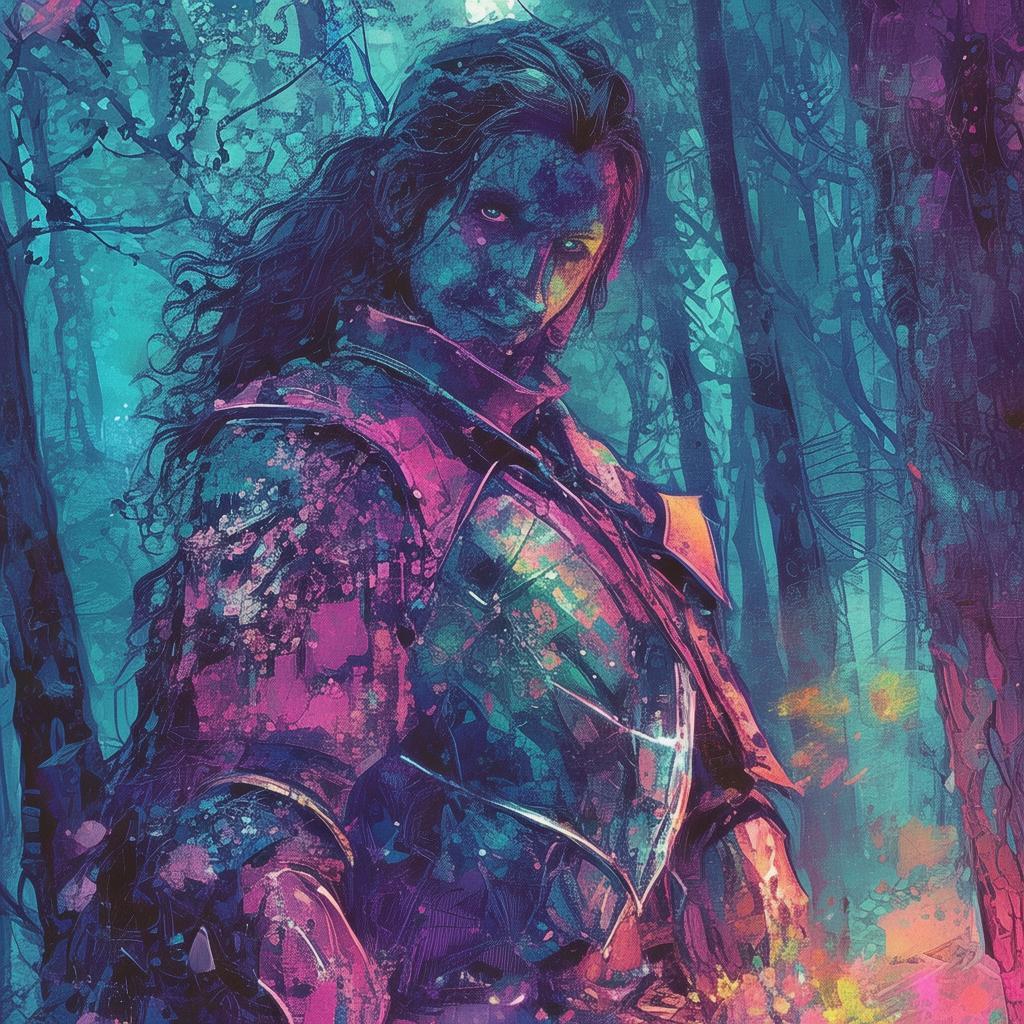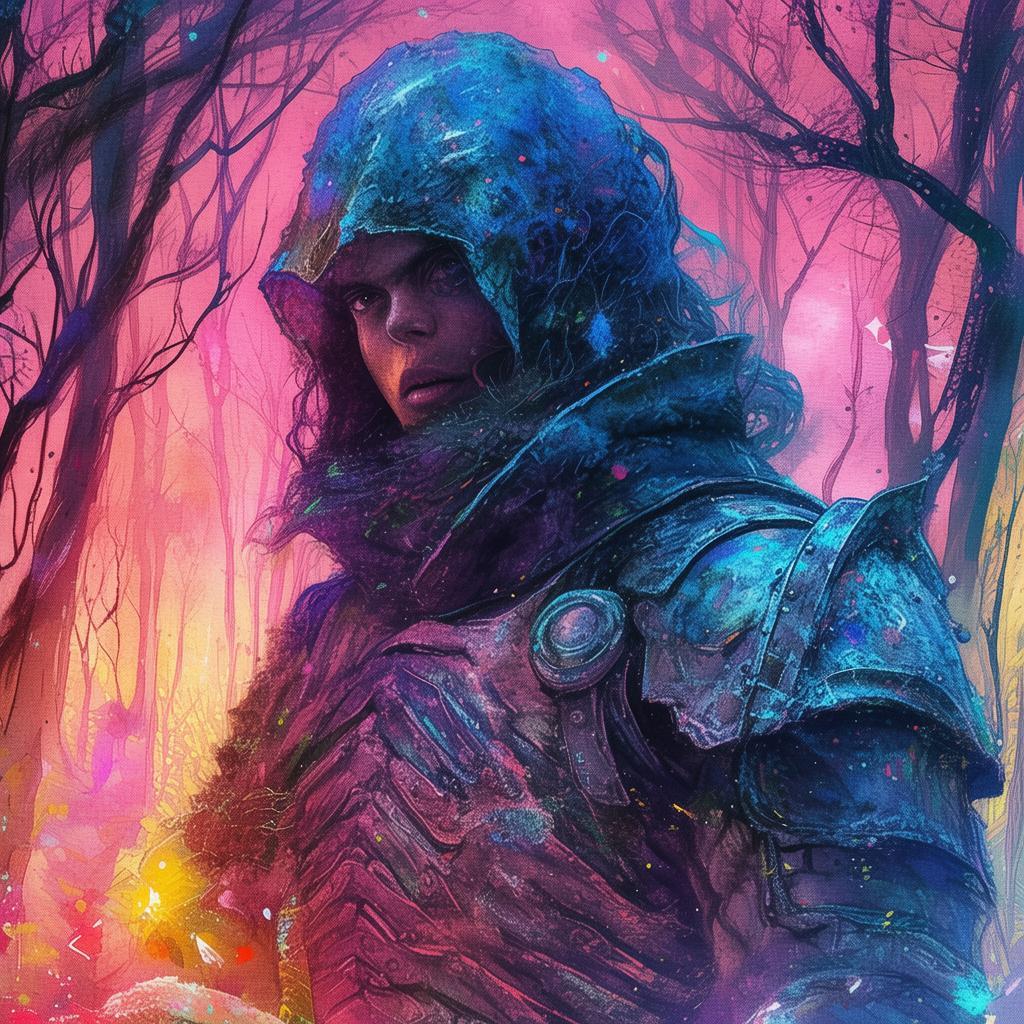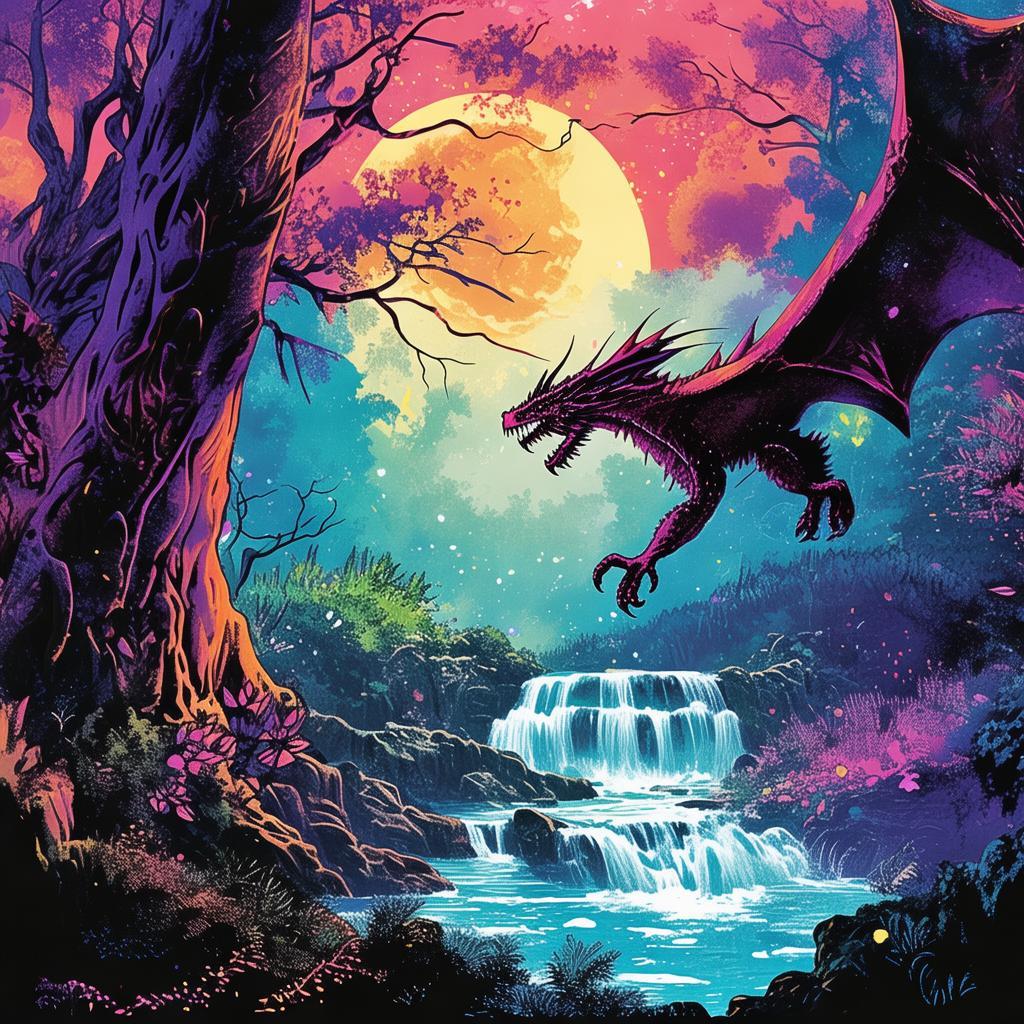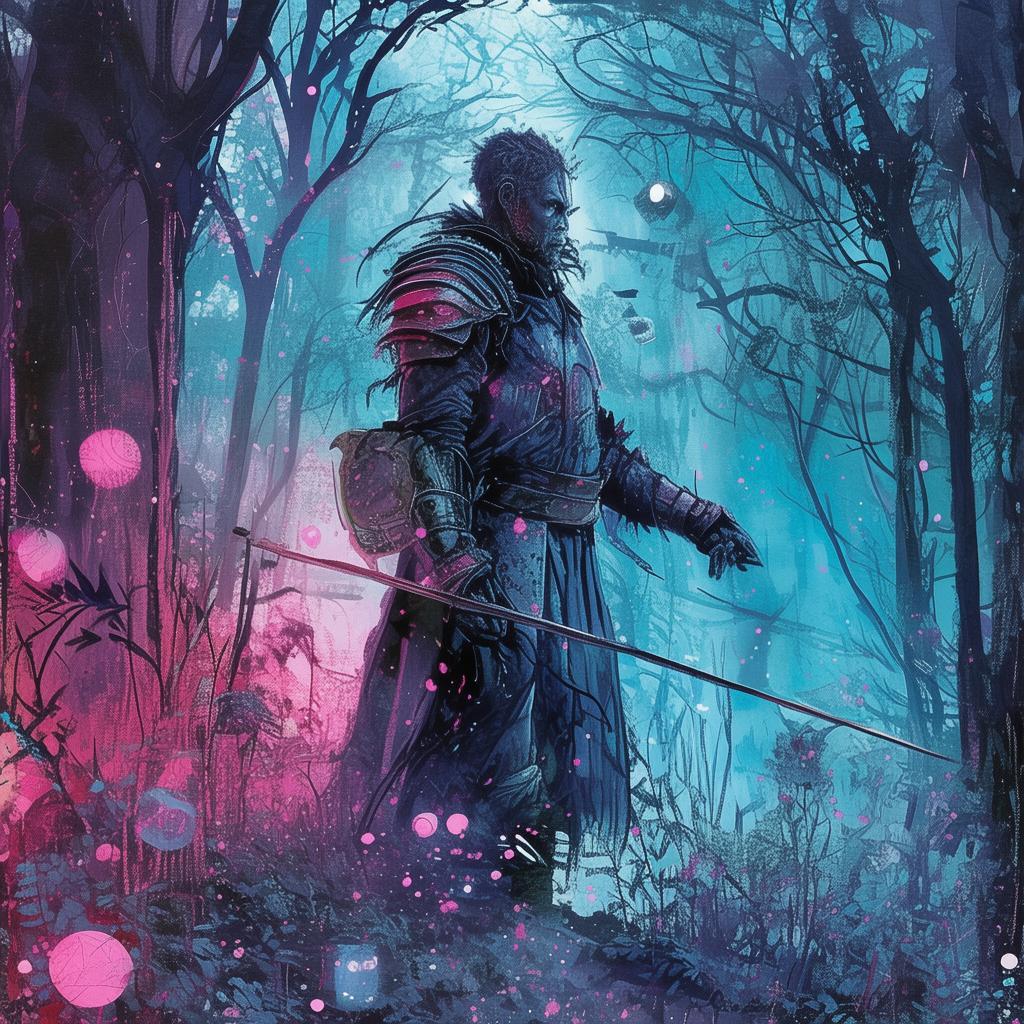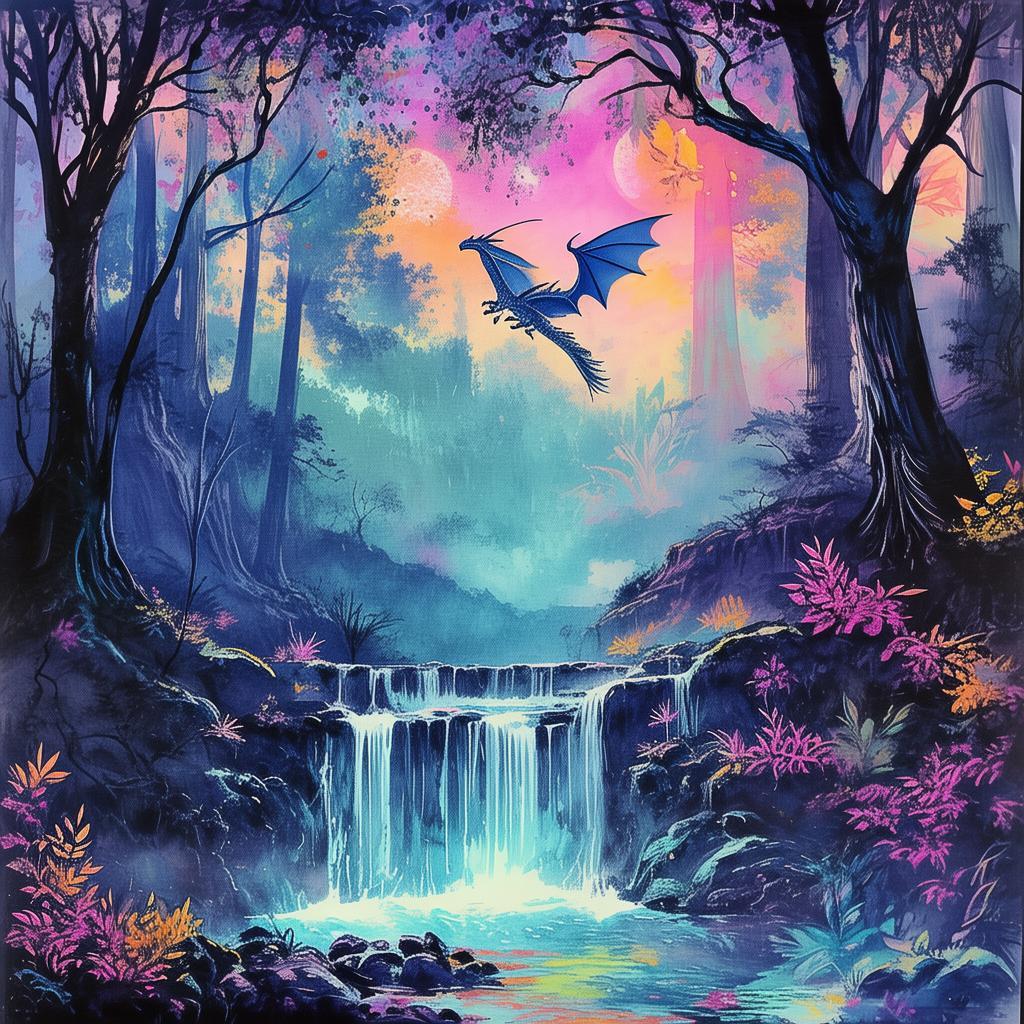The Vanishing Masterpiece: The Mysterious Vanishing of Van Gogh's Starry Night
In the heart of Paris, under the glow of the Eiffel Tower, a legend was born—a legend that would captivate the art world for generations. It was the story of the vanishing of Van Gogh's Starry Night, a painting so radiant and ethereal that it seemed to defy the very laws of time and space. The night it vanished, the art world held its breath, and a thrilling historical whodunit was born.
The year was 1911. The Louvre, the grand repository of the world's greatest masterpieces, was preparing to open its doors to a new day. But as dawn broke, a shiver ran down the spines of the museum's staff. Van Gogh's Starry Night, a painting that had been on display for years, was gone. It had simply vanished without a trace.
The authorities were baffled. The painting was one of the most secure works in the Louvre, guarded by a team of the most skilled and vigilant security guards. Yet, here it was, missing. The only clue left behind was a single, peculiar footprint on the floor—a footprint that did not belong to anyone in the museum's staff.
The legend grew, and whispers filled the air. Some whispered of a secret society that had come to claim their most prized possession. Others spoke of a jealous rival who had been unable to bear the thought of the painting's beauty. Yet, none could pinpoint the culprit.
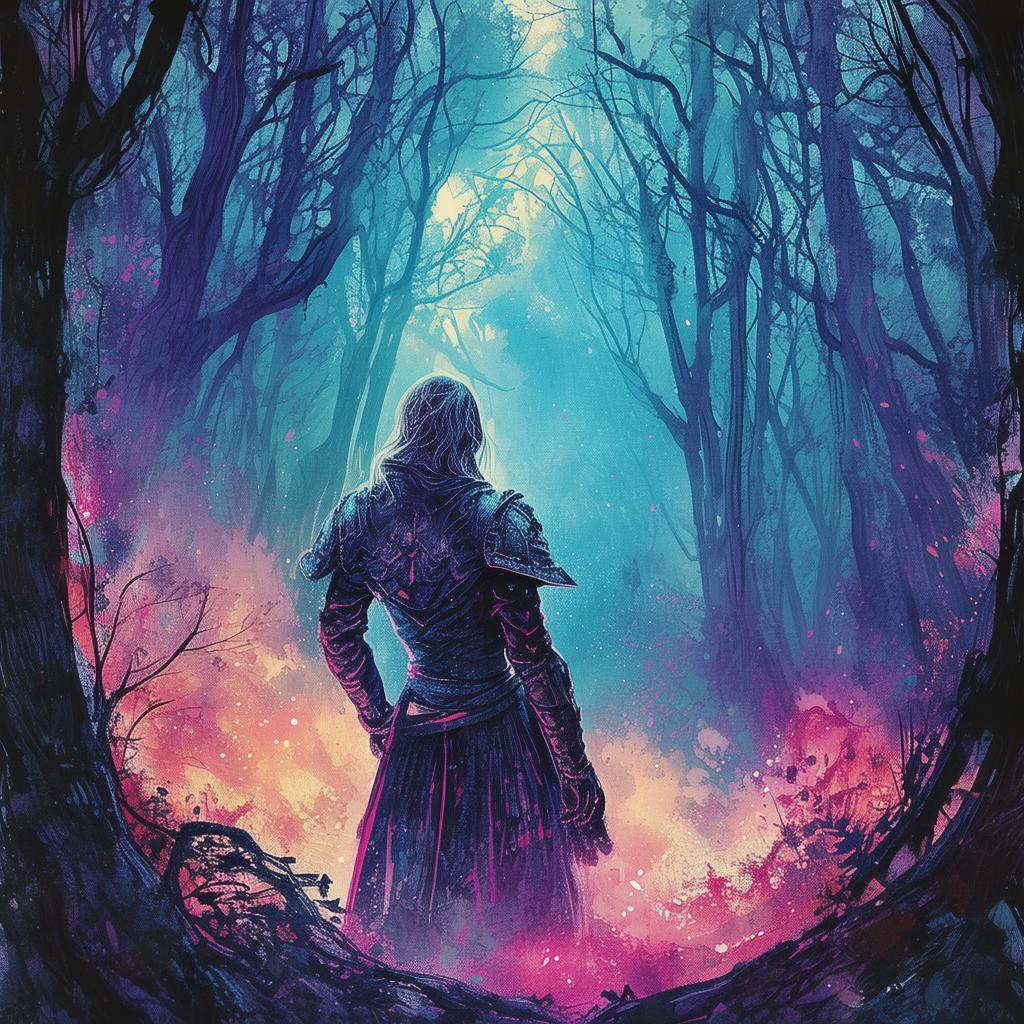
Enter Émile, a young and ambitious art historian, who had recently joined the Louvre's staff. Émile was not only passionate about art but also a keen observer of human nature. He believed that the answer to the mystery lay not in the painting itself, but in the people who had come to know it best—the museum's staff.
Émile began his investigation by speaking with the security guards. He listened to their stories, their routines, and their suspicions. He found that one guard, a man named Lucien, had a particular fondness for the painting. Lucien would often spend hours admiring it, as if it held a secret he was desperate to uncover.
But as Émile delved deeper, he discovered that Lucien was not the only one with a connection to the painting. There was also a curator, Madeleine, who had been working on a new exhibit that would feature Starry Night. Madeleine had shown an unusual interest in the painting's provenance and had spent many late nights studying its details.
Émile's investigation led him to a series of unexpected twists. He discovered that Madeleine's family had a history with the painting. It was a painting that had once belonged to her great-grandfather, a wealthy art collector who had disappeared under mysterious circumstances.
As Émile pieced together the puzzle, he uncovered a web of deceit and betrayal that stretched back decades. It was a story of love, loss, and the lengths to which one would go to protect a family legacy.
The climax of the story came when Émile confronted Madeleine. She revealed that she had stolen the painting not to claim it for her own, but to protect her family's secret. The painting was a key to a hidden fortune that her great-grandfather had hidden away, and she feared that if the painting fell into the wrong hands, the secret would be exposed.
In a tense and emotional exchange, Émile convinced Madeleine to return the painting. With the help of the museum's staff, they managed to trace the painting's path back to the Louvre. As the painting was returned, the museum's staff and visitors alike breathed a collective sigh of relief.
The legend of the vanishing of Van Gogh's Starry Night continued to live on, a testament to the power of art and the enduring human desire to protect what we hold dear. Émile's investigation had not only solved a mystery but also brought to light the hidden stories that lie behind the brushstrokes of our greatest masterpieces.
In the end, the painting was restored to its rightful place in the Louvre, a symbol of the triumph of truth and justice. And for Émile, the experience had changed him forever, leaving him with a profound appreciation for the intricate tapestry of human history that is woven into every work of art.
✨ Original Statement ✨
All articles published on this website (including but not limited to text, images, videos, and other content) are original or authorized for reposting and are protected by relevant laws. Without the explicit written permission of this website, no individual or organization may copy, modify, repost, or use the content for commercial purposes.
If you need to quote or cooperate, please contact this site for authorization. We reserve the right to pursue legal responsibility for any unauthorized use.
Hereby declared.
